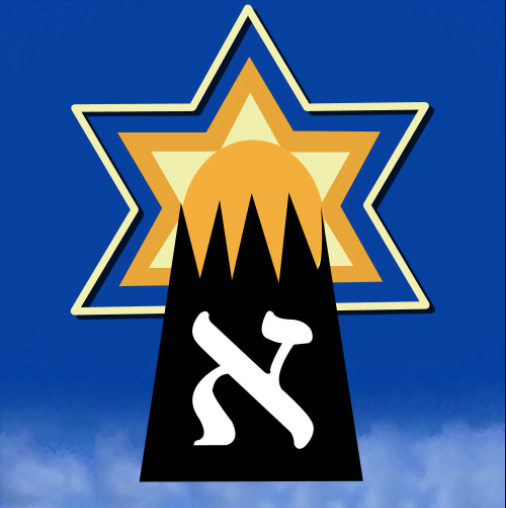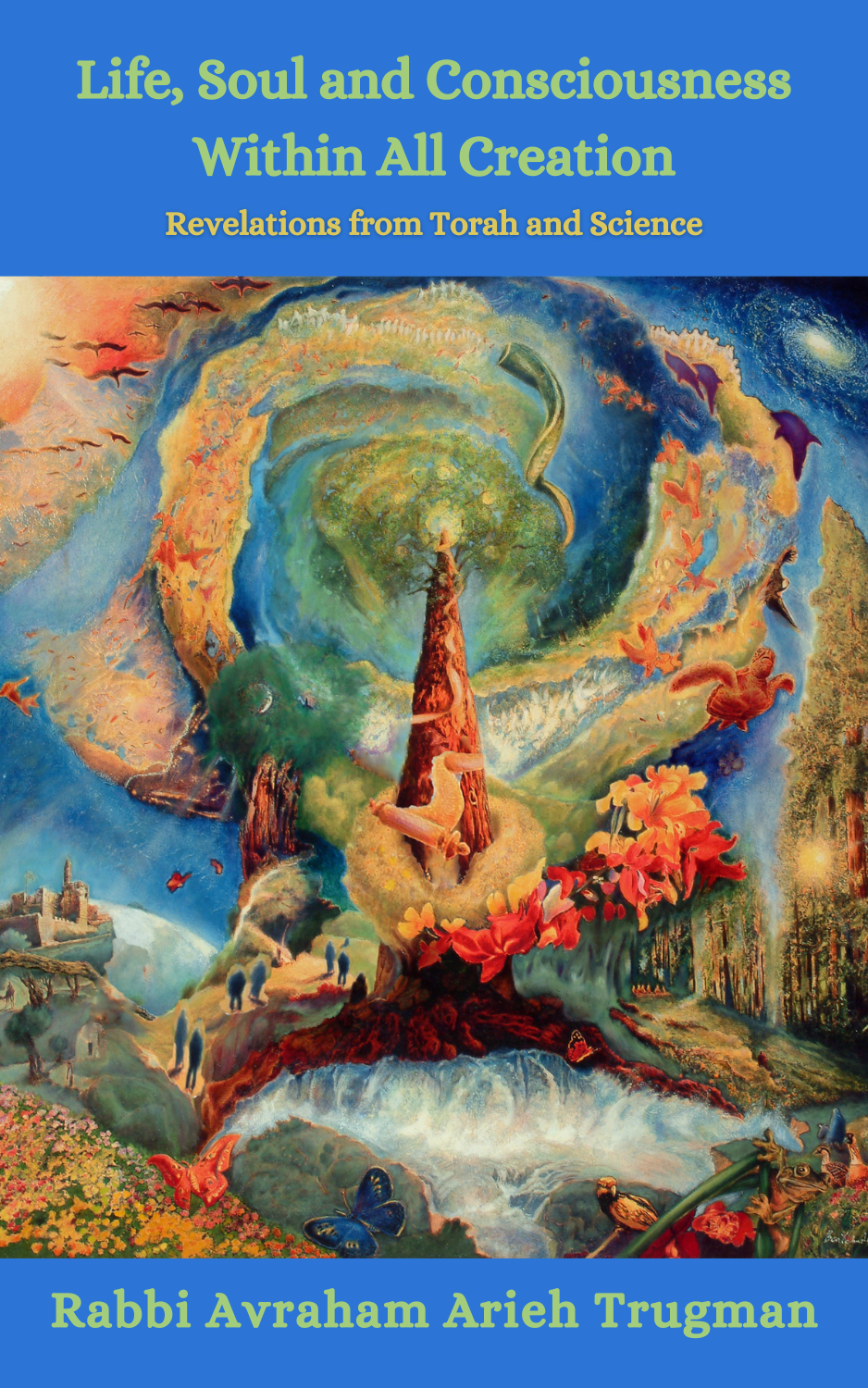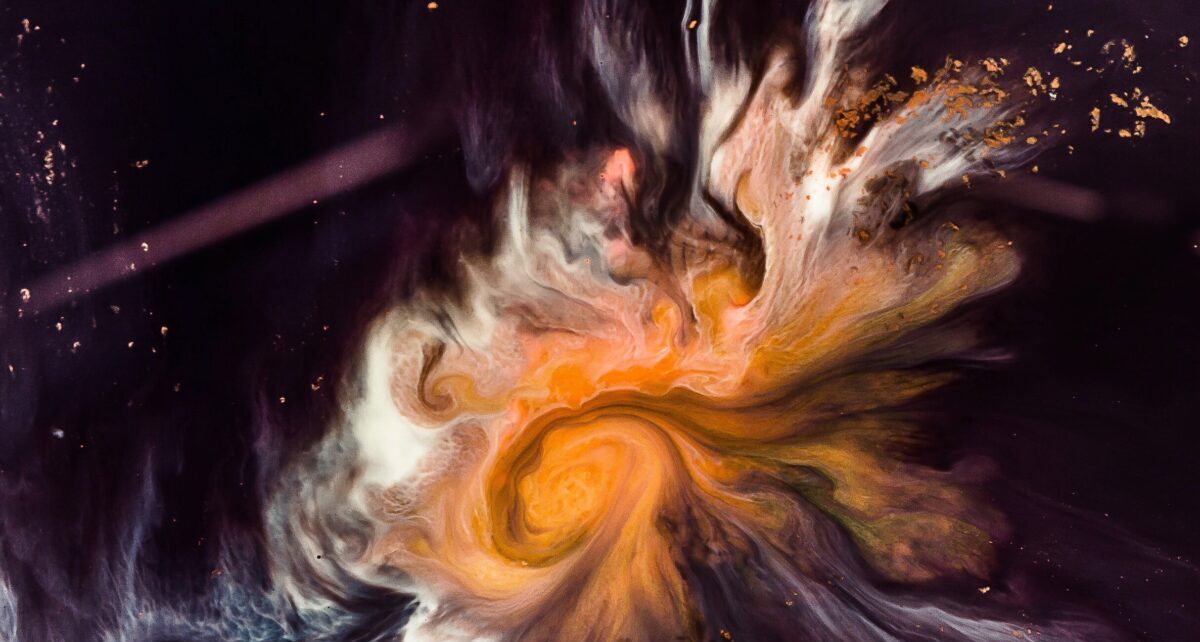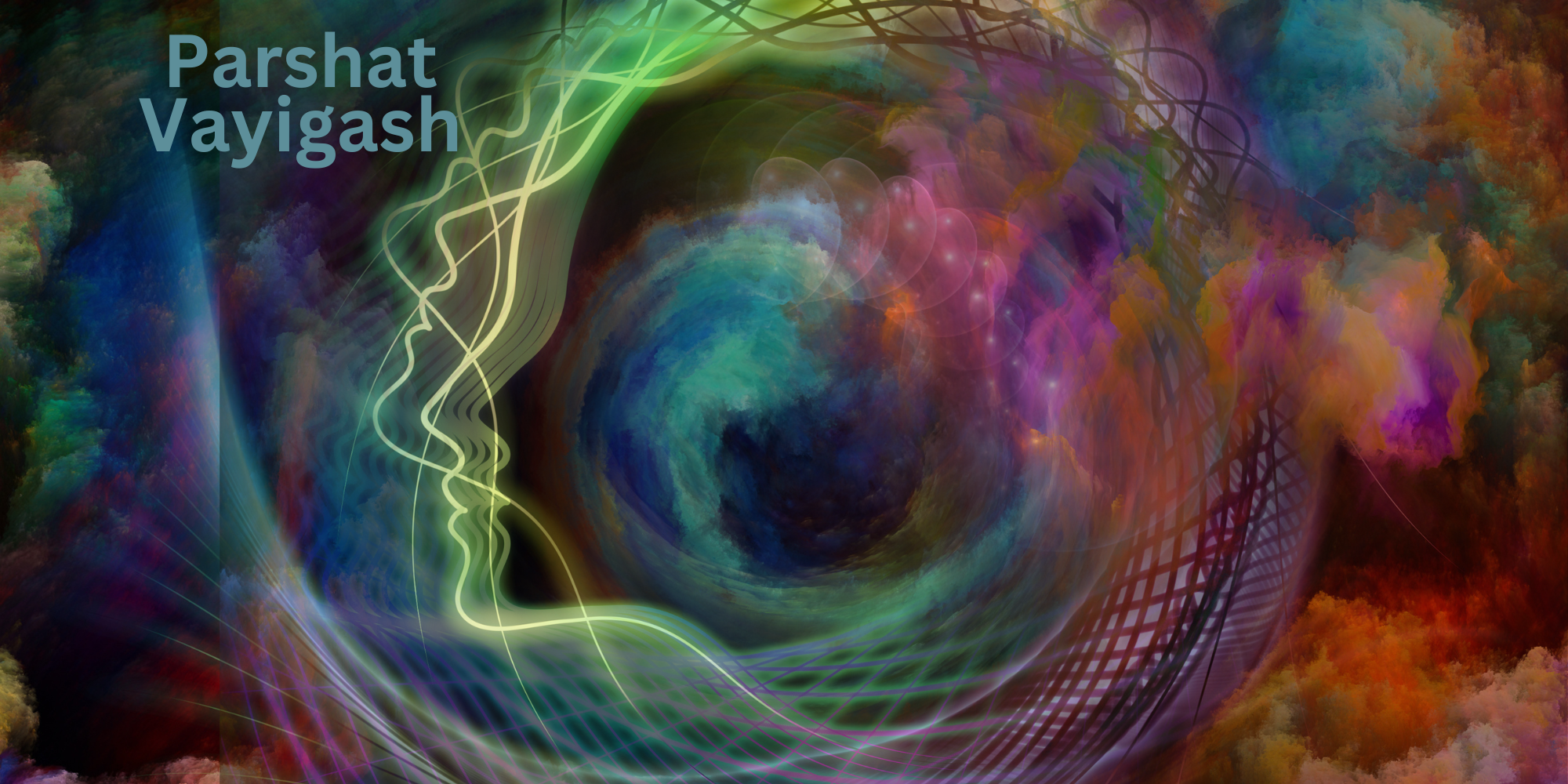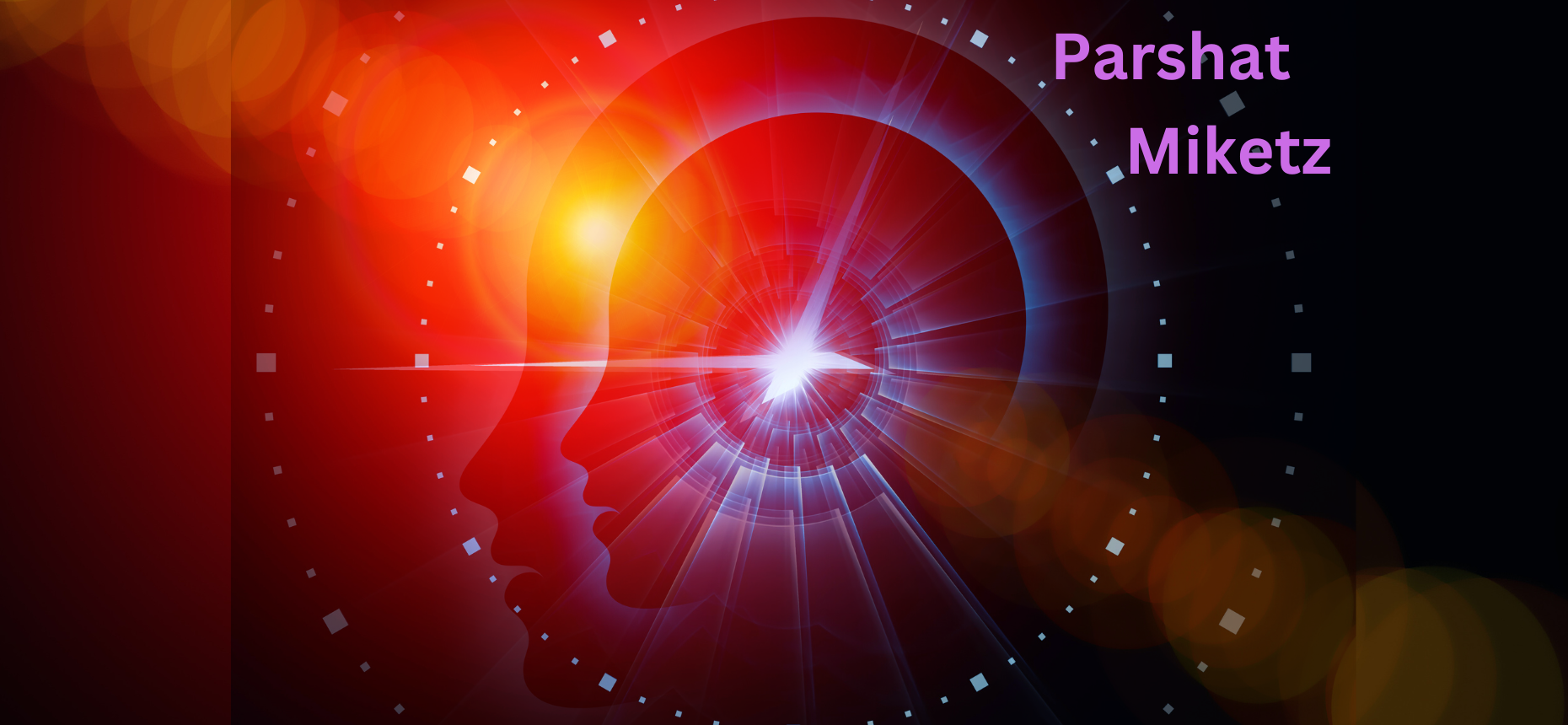Torah’s ability to fuel the imagination and remain vital throughout the annals of human history stems, in part, from the archetypal nature of its characters. Within its seemingly simple narratives, the very depths of human psychology are plumbed and the existential condition of humanity is explored.
The “stories” in the Torah are not merely one-time occurrences or temporal incidents undergone by specific individuals long ago. Rather, these “stories” are archetypal in nature, reflecting or representing various spiritual energies and processes that are ever-present in all aspects of reality, as well as within each and every person. Each word and verse in the Torah can thus be simultaneously understood on many different levels, so that, ultimately, the Torah speaks to all people at all times.
The Book of Esther is no exception. In fact, we have already seen how the Arizal connected the soul energies of Mordecai and Haman across time and space to the qualities of Jacob and Esau, thus affirming the idea that the stories and characters of the Tanach express archetypal energies that recycle themselves throughout history.
As mentioned briefly above, among the various levels of understanding the Book of Esther, Kabbalah and Chassidut also present many parallels between the archetypal personalities in the story of Purim and the main characters in the account of the Garden of Eden. The lineup is as follows: Esther corresponds to the positive side of Eve, while Vashti corresponds to the unrectified side of Eve. King Ahashverosh manifests the unrectified side of Adam, while Mordecai manifests the good side of Adam. Haman, the arch enemy of the Jews who planned total genocide and his wife Zeresh, parallel the snake in the Garden, who represents unadulterated evil.
The Sages found a hint in the Torah connecting Haman and the snake in the Garden of Eden in the form of a linguistic play on words. When God inquires whether Adam had eaten from the Tree of Knowledge of Good and Evil, the word, in question form, for [have you eaten] “from” [the Tree], is made up of the same letters as Haman, albeit with a slightly different vowelization (Genesis 3:11).
According to the Talmud, the Jews attendance and eating at the feast of King Ahashverosh was the spiritual reason they lost their merit and became vulnerable to the wily designs of Haman. Their eating at the feast corresponds to Adam and Eve eating from the Tree of Knowledge of Good and Evil, which resulted in their expulsion from the Garden of Eden.
Once Adam and Eve had eaten from the Tree of Knowledge, the Torah informs us that they immediately realized they were naked. Before this incident, the Torah recounts that they were naked but were not ashamed. With their innocence lost, clothing became a necessity symbolizing their shame at becoming spiritually exposed due to the sin they had committed. The episode in which King Acheshverosh ordered Vashti to come to the feast naked, followed by her refusal, which led subsequently to her death, alludes to Adam and Eve’s process of realizing they were naked as a result of their unrectified eating.
There are, in fact, a number of other incidents that occur towards the beginning of the Book of Esther that correspond to the energies and consequences of Adam and Eve eating from the Tree of Knowledge. After King Ahashverosh had Vashti killed on the advice of Haman and his other advisers, they also advised him to send a decree to be published throughout the kingdom proclaiming that all wives should give honor to their husbands. Obviously, this decree was a result of King Ahashverosh feeling publicly embarrassed by his wife refusing to obey him. This declaration parallels one of the “curses” of Eve when she is told by God that, “your desire will be to your husband and he will rule over you” (Genesis 3:16). It is crucial to note that this “curse,” which was the result of Eve’s own actions, is not being advocated by the Torah, but is rather a description of the existential fall experienced by Eve, the archetype of all women in history. This sensitive point needs to be further clarified in general, and as we will see, is vital to understand the Book of Esther on a deeper level.
As a result of Eve eating from the Tree of Knowledge of Good and Evil and subsequently convincing Adam to partake, exile and death entered the world. (Paradoxically, Adam named his wife Chava, which means “the mother of all living” [Genesis 3:20], even though her sin brought death into the world!) Therefore, not only does this archetypal event effect every human being, but in order for the world to be redeemed this sin must be fully rectified. Thus, the entire expanse of human history is, in a sense, a succession of attempts to heal the effects of this primordial sin and the subsequent exile from the Garden of Eden. By extension, redemption is symbolically depicted as a return to Eden. These energies get played out further in the Book of Esther, as we will continue to explore.
For instance, the Rabbis compare the “fall” that occurred in the Garden of Eden and the subsequent “demotion” of women’s status, evident in a multitude of societies around the world for the duration of pre-Messianic history, to the Midrashic allegory of the moon and the sun. On the fourth day of creation, when the sun and moon were created, the moon complained to God that two kings, meaning the two “great lights” created on that day, could not wear the same crown. God’s response was to tell the moon to make itself smaller (Genesis 1:16; Chullin 60a). In Judaism, the moon is always associated with the feminine. Based on this correspondence and the aforementioned allegory, Jewish mystics teach that one of the final rectifications that must occur before the Messianic era is Tikkun Chava, the rectification of Eve and the overall status of women, represented by the moon. It seems clear that the almost unprecedented promotion of the social status of women in our day fulfills in part the overall process and requirements of Tikkun Chava. This rectification is also already alluded to in the Book of Esther, as we will shortly see.
After these events described above, Haman ascended to a very powerful position in the kingdom. As a result, the Book of Esther describes how Haman’s jealousy and anger is then aroused by Mordecai refusing to bow down to him. Haman becomes so incensed at this perceived disrespect that he plots not only Mordecai’s demise, but that of the entire Jewish people. The sub-text beneath the surface of the relationship between Haman and Mordechai is that, according to the Sages, Haman had previously been a servant of Mordechai before his meteoric rise to power and influence.
Now that he was in a privileged position and Mordecai was supposed to be subservient to him, his previous jealousy flared to the point of plotting genocide. This psychological complex corresponds to the Midrash’s description of how the snake in the Garden of Eden was jealous of Adam, as he wanted Eve for himself. The snake’s jealousy was therefore at the root of his plan to manipulate Eve into eating from the Tree of Knowledge.
King Ahashverosh, again on the advice of his advisors, sought out a new wife after he had Vashti killed. Esther then enters the story as one of the contestants to become the king’s new wife. When she is actually chosen by the king, Mordecai commands her not to reveal her Jewish identity. This entire situation, wherein Esther is forced into a relationship she did not freely choose, making it necessary for her to hide her true identity, mirrors the dynamic wherein Eve’s status is diminished in relation to her husband; representing, as discussed above, the subjugated status of women throughout so much of human history.
At this point in the story, with Haman’s wicked plot unfolding rapidly, just when everything seems hopeless, a dramatic shift occurs. This change is illustrative of the dynamic discussed above, in which all of history is understood as a series of attempts to rectify the sin of eating from the Tree of Knowledge of Good and Evil; a redemptive process which will, in effect, rectify the role of women in the world, rebalance the relationship between women and men, and, ultimately, return the moon to her former glory alongside her partner, the sun. In fact, the Book of Esther symbolizes, on many different levels, the rectifications that need to be made in order to reverse the deleterious effects of being exiled from the Garden of Eden. It is these very rectifications that will ultimately lead to the Messianic era and the proverbial return of humanity to the Garden of Eden. We will now explore some of these spiritual fixings as represented in the Book of Esther.
First of all, we see that both Mordechai and Esther fight back against Haman instead of passively following the cunning arguments of the snake, as was done in the Garden. Identifying evil and standing up for what is right is the beginning of both personal and universal redemption. Although in the beginning, Esther is reluctant to assert herself in the defense of her people, adopting a more passive position, the entire process of saving the Jews effectively begins when she takes a proactive attitude, and in fact risks her very life. This change in Esther’s approach and expression represents most forcefully the spiritual and social nature of Tikkun Chavah, the rectification of Eve predicted before the Mashiach comes.
Once Esther made her decision to assert herself in the dire situation, she, in a sense, proceeds to take charge of all the subsequent events as described in the story. With deep insight and a pinch of cunning she succeeds in arousing King Ahashverosh’s fear and jealousy of Haman in such a manner as to guarantee a successful conclusion and defeat of Haman’s plans.
After Esther reveals her identity as a Jewess and accuses Haman of plotting to kill all the Jews, King Achashverosh storms out of the room. Haman then approaches Esther and pleads for his life. At that moment, according to the Midrash, an angel came and pushed Haman, who literally fell on top of Esther on the couch. Just then, Achashverosh reenters the room, and in a fit of fury at Haman’s outrageous behavior, orders him to be hanged. This incident is a rectified replay of the snake in the Garden of Eden who, according to the Midrash, seduced Eve not just with words, but sexually as well. Yet, here we see the story ending differently, with Haman’s falling upon Esther ushering his final curtain call, rather than his decisive victory.
At the end of the story, Mordecai is raised up to the same powerful position once held by Haman. In addition to the Jews being saved from annihilation, Mordecai’s elevation in the eyes of the public resulted in many people throughout the land wanting to become Jewish. These events foretell not only the rise of women in every area of society as the Messianic era approaches, but also, just as importantly, how Israel will rise from its lowly position among the nations to recapture its ancient power and glory in the eyes of the world.
The idea that the righteous must sometimes adopt their opponents’ strategies in order to defeat them is alluded to by the numerical value of two archetypal rivals’ names: nachash (the Hebrew name for the primordial snake of the Garden of Eden) and Mashiach; both equaling 358. The snake draws his energy and power from the lowest levels of cunning and deceit, and therefore can only be defeated by someone who can nullify the snake’s source of power by matching his cunning. Relatedly, the Mashiach must descend to the very lowest realms of reality in order to uplift all the sparks that have fallen so low. Esther, in a cunning move of Messianic proportions, ultimately defeated Haman at his own game.
Ideally, darkness can and should be overcome indirectly by the righteous and their quest to constantly emanate more light; unfortunately, this is not always possible. Sometimes the righteous must lower themselves to their adversary’s degenerate level. Sometimes evil can only be defeated by confronting it forcefully and utterly defeating it. History is regrettably full of examples of evil forces that had to be met head-on and defeated, usually at great cost. Considering what happens when evil goes unchecked, this price was, and still is, well worth paying.
Although the energy of the nachash and Mashiach seem diametrically opposed to each other – and for the most part they are – the fact that they share the same gematria alerts us to a shared energy at their source. This is very similar to the idea that although the Tree of Life and the Tree of Knowledge of Good and Evil appear to be utter opposites, they in fact, according to Kabbalah and Chassidut, share the same root system and are both placed in the middle of the Garden, thus revealing that they are, at root, intrinsically connected and even inter-dependent.
Earlier, we discussed the way in which women are compared to the moon and how their fallen status is reflected in the Talmudic account of the moon being made smaller. Interestingly, Israel is also compared to the moon, especially in terms of how the waxing and waning of the moon symbolizes the ongoing cycle of exile and redemption in Jewish history. The fact that the Jewish calendar is primarily based on the lunar count is further proof of the intrinsic connection between Israel and the moon.
It is therefore not surprising that the elevation of women’s status around the world in our time coincides with Israel’s rising from millennia of oppression and the ashes of the Holocaust, returning to their ancient homeland to create a strong and independent nation! From a Torah perspective, these two processes are intimately connected.
As discussed in the outset of this article, the Book of Esther, like all of Torah, can be understood on multiple levels simultaneously. Analyzing this text as a parable mirroring the events in the Garden of Eden and their ultimate repair is profoundly thought-provoking on both personal and prophetic levels. According to the Sages, Esther is one of seven prophetesses mentioned in Tanach (Megillah 14a). Embedded in her book are hints and allusions to not only past events like the Garden of Eden, but also to the future Messianic age already being revealed in the present.

